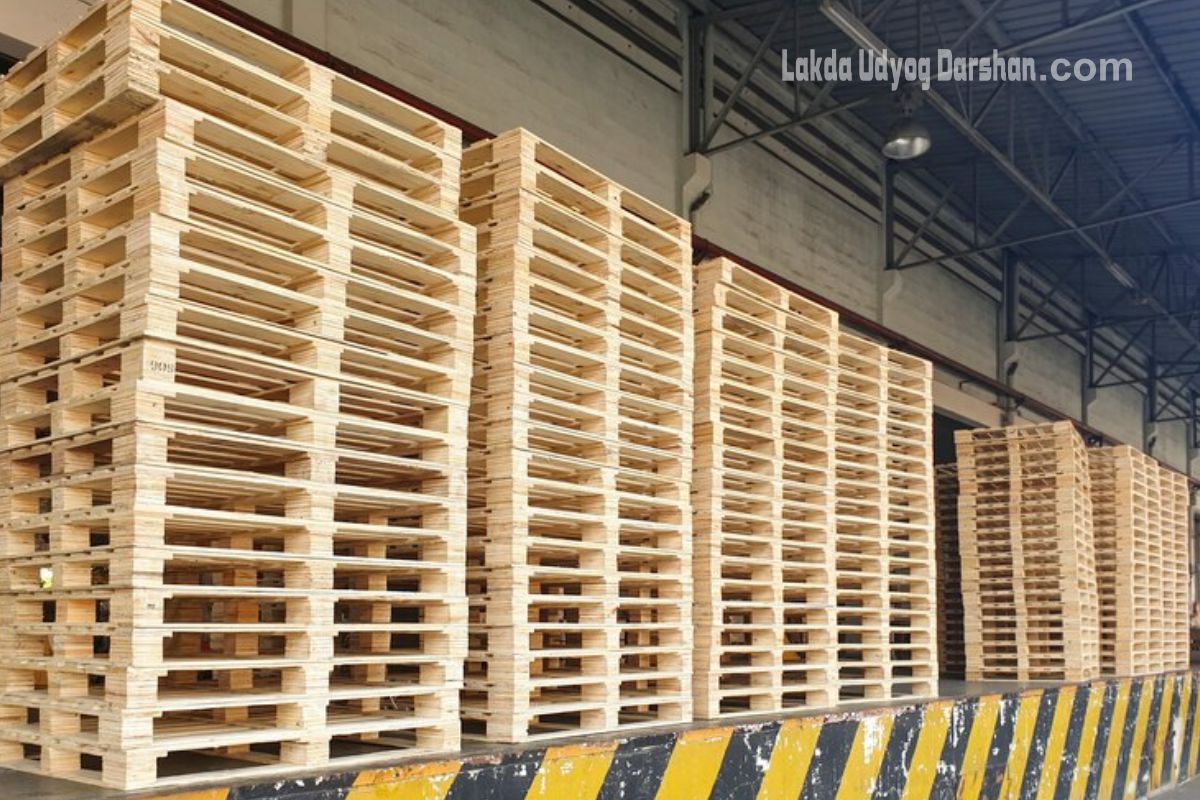In the realm of global trade, wood packaging material (WPM) serves as a potential conduit for wood-boring pests, posing significant threats to forests and natural ecosystems. Recognizing this peril over two decades ago, the International Plant Protection Convention (IPPC) took proactive measures by endorsing the International Standards for Phytosanitary Measures No. 15 (ISPM 15), aimed at mitigating the risk of spreading wood pests through WPM across international borders.
Unveiling the Impact of ISPM 15
For years, the efficacy of ISPM 15 in curbing pest infiltration through WPM remained relatively unexplored until a recent breakthrough. A seminal study, published in Frontiers in Forests and Global Change, titled “Wood borer detection rates on wood packaging materials entering the United States during different phases of ISPM 15 implementation and regulatory changes,” shed light on this crucial subject. Collaborating on this research were notable figures from USDA’s Plant Protection and Quarantine (PPQ) program and the USDA Forest Service, marking a significant advancement in understanding the dynamics between ISPM 15 and wood-boring pests.
Insights from the Study
The study, utilizing data from the Agriculture Quarantine Inspection Monitoring program, unearthed compelling insights. It revealed a tangible decline in wood boring pest detection rates following the enforcement of ISPM 15 requirements. Despite a substantial surge in trade volumes, detection rates remained notably low, underscoring the efficacy of ISPM 15 in safeguarding against pest incursions.
Economic Implications
The significance of this decline in pest interceptions extends beyond ecological concerns to economic ramifications. Intercepted infested WPM at U.S. ports of entry incur considerable expenses for importers, encompassing storage charges, booking fees for re-exportation, and potential disruptions to production schedules.
Key Findings
The research also identified several key findings, emphasizing the variability of pest interception rates among commodities and exporting nations. Notably, different types of WPM, such as pallets, crating, or dunnage, exhibited varying levels of susceptibility to pest detection. The study underscored the prevalence of pests from the Cerambycidae family and the Scolytinae subfamily, highlighting their significant role in WPM infestations.
International Collaboration for Enhanced Protection
Given the widespread utilization of wood pallets, concerted efforts are imperative to fortify global phytosanitary standards. Through collaborative initiatives like the North American Plant Protection Organization (NAPPO), PPQ actively advocates for ISPM 15 compliance, facilitating knowledge exchange and capacity-building endeavors. The proliferation of ISPM 15 adoption globally holds promise for mitigating pest incidences in wood packaging materials over time.
Implications for Industry and Trade
With over 1.8 billion wood pallets in circulation daily in the United States alone, ensuring compliance with ISPM 15 standards is paramount for industry stakeholders and importers. PPQ’s robust support, including training programs and informational resources, underscores its commitment to fostering ISPM 15 adherence and safeguarding global wood resources.
Conclusion
The implementation of ISPM 15 stands as a testament to international cooperation in mitigating the risks posed by wood-boring pests in WPM. As more nations embrace these standardized measures and compliance mechanisms evolve, the trajectory towards a pest-resilient future for wood packaging materials appears increasingly attainable.
In conclusion, the collaborative efforts spearheaded by organizations like PPQ and the widespread adoption of ISPM 15 offer a beacon of hope in preserving the integrity of wood resources amidst the challenges posed by invasive pests.





